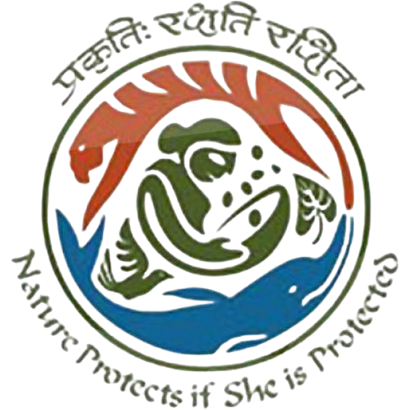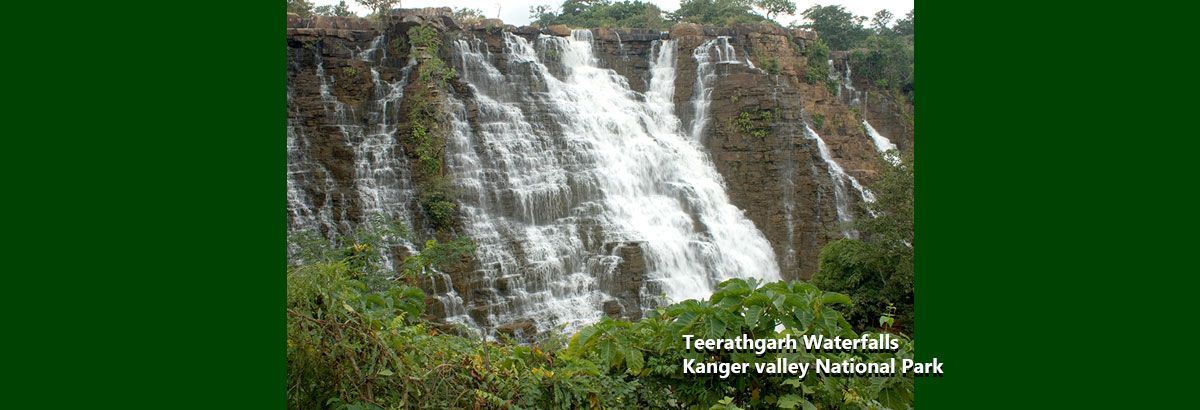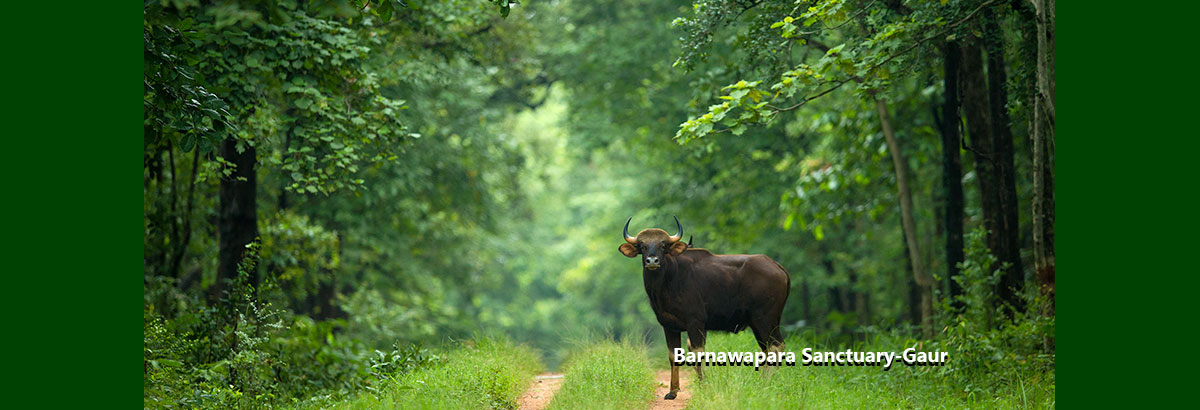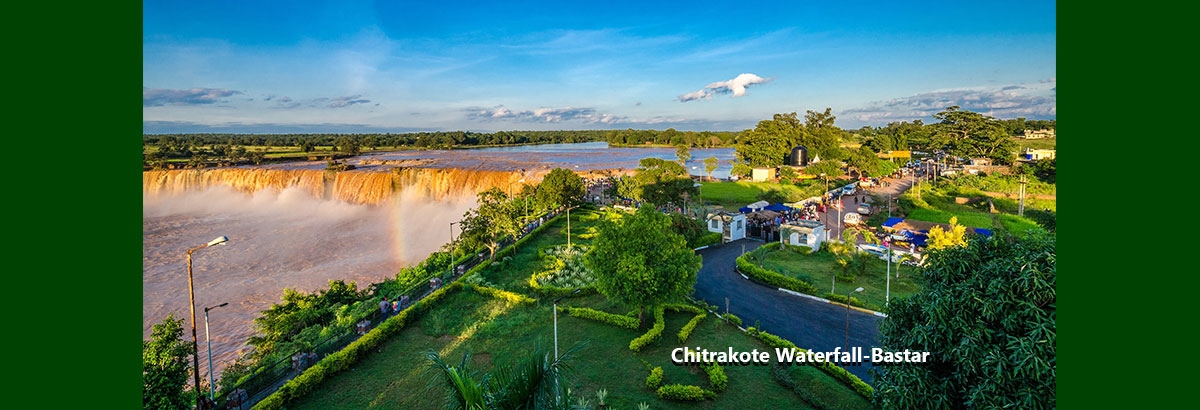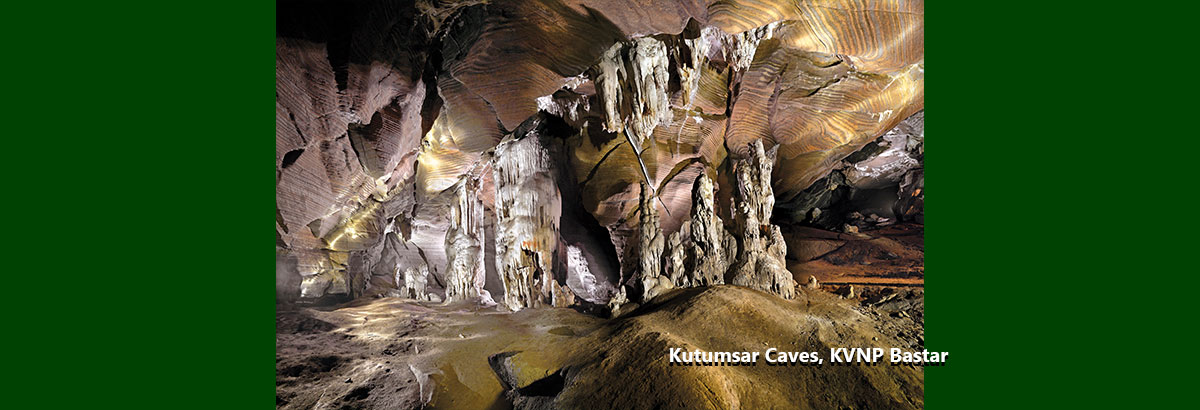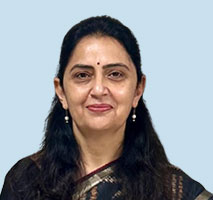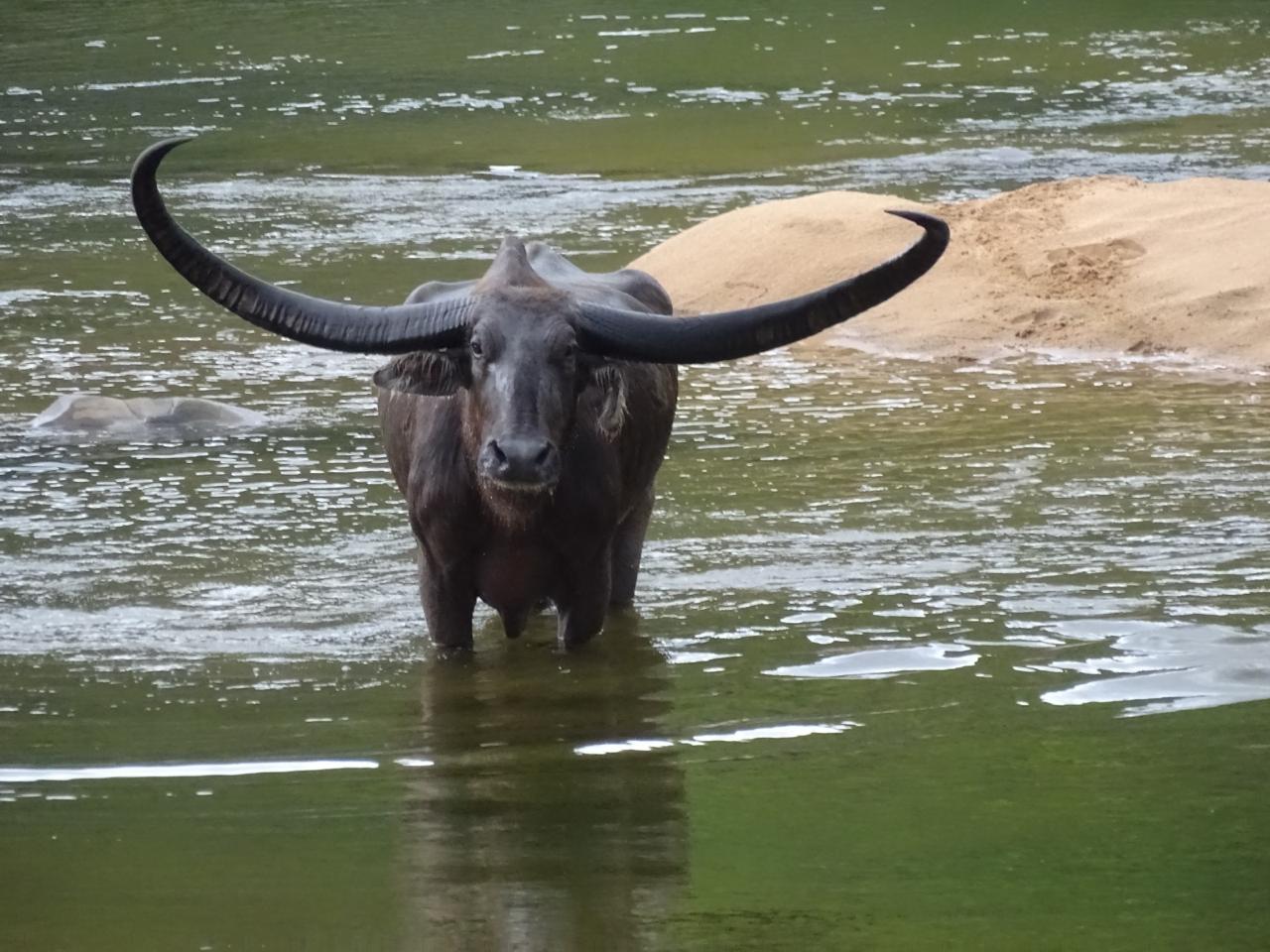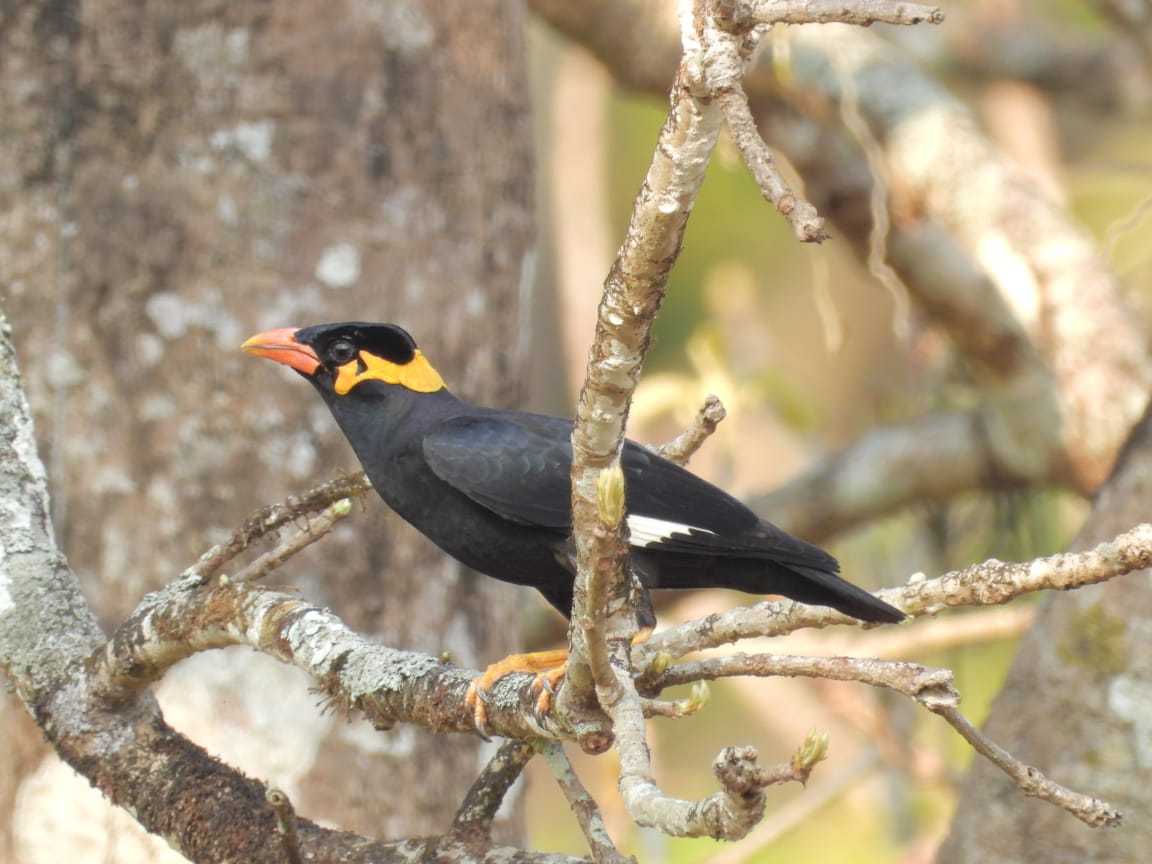Chhattisgarh
Chhattisgarh, a state in the central India, was formed on November 1, 2000, after being carved out of Madhya Pradesh. The name “Chhattisgarh” translates to “Thirty-Six Forts,” reflecting its historical significance. The region has a rich history dating back to ancient times, with evidence of human settlements from the Stone Age. It was ruled by various dynasties, including the Mauryas, Satavahanas, and Kalachuris. The Marathas also had a significant influence before the British colonial period.
Chhattisgarh is the ninth largest state in India, covering an area of approximately 135,192 square kilometres. It is bordered by seven states: Uttar Pradesh, Madhya Pradesh, Maharashtra, Jharkhand, Odisha, Telangana, and Andhra Pradesh. The capital of Chhattisgarh state is Raipur, which is mainly the centre of trade, economy, and administration. The state is characterised by its diverse topography, including plains, hills, and plateaus. The Chhattisgarh Plain, part of the upper Mahanadi River basin, is a prominent feature famous for fertile land for paddy, which is surrounded by hills and plateaus from all direction giving it the name “Dhan ka Katora” or “Rice Bowl of India”. The state also boasts significant forest cover, with over 40% of its area covered by forests, making it third greenest state in India.
The population of Chhattisgarh state is approximately 2.55 crores. The state has a diverse demographic composition, with a mix of various Tribal groups and ethnic communities speaking various local dialects. Gond is the single largest tribe in the state. The majority of the population resides in rural areas, with urbanisation gradually increasing. The native language of the people of Chhattisgarh is Chhattisgarhi. The official languages are Hindi and Chhattisgarhi, with the latter being widely spoken in rural areas.
Chhattisgarh is known for its vibrant and diverse culture. The state celebrates numerous festivals like Bastar Dussehra, Madai, and Goncha with traditional dances, music, and rituals. Bastar Dussehra being one of the most famous festival, which lasts for 75 days, is unique to the region and showcases the rich tribal traditions. Traditional dances like Gendi, Panthi, Raut Nacha and folk songs like Pandwani are integral to the cultural fabric of Chhattisgarh which has earned international fame for the state. The state is also known for its handicrafts, including bell metal work, wood craft, terracotta, and bamboo craft.
Chhattisgarh is one of the fastest-developing states in India, with a robust industrial sector. The state is rich in mineral resources, particularly coal, iron ore, and bauxite. It is a major supplier of electricity, coal, and steel to the rest of the country. The presence of large industries like Bhilai Steel Plant, NMDC, NTPC, and SECL has significantly contributed to the state’s economy.
The state has made significant strides in various sectors since its formation and has focused on improving infrastructure, healthcare, and education. The state has also made efforts to improve the living standards of its indigenous population through various welfare schemes. In recent years, Chhattisgarh has emerged as a hub for startups and innovation, fostering a conducive environment for entrepreneurship.
Chhattisgarh offers a plethora of tourist attractions, ranging from natural wonders to historical sites. The Chitrakote Falls, often referred to as the “Niagara of India,” located in Bastar is a major draw for tourists. The Kanger Valley National Park, known for its biodiversity, famous Thiragarh waterfalls and limestone caves, is another popular destination. Historical sites like the Bhoramdeo Temple and the ancient city of Sirpur attract history enthusiasts. The state’s rich cultural heritage and natural beauty make it a promising destination for eco-tourism.
Chhattisgarh has produced notable athletes in various sports such as archery, kabaddi and hockey, contributing to national and international competitions. The state is set to host the 27th All India Forest Sports Meet (AIFSM) from October 16th to 20th, 2024 at Raipur, an event that brings together forest department personnel from across the country for a series of competitive sports activities. The event is significant as it promotes physical fitness, teamwork, and camaraderie among forest officials, who often work under strenuous and challenging conditions in forests and wildlife areas. The competition aims to foster a spirit of unity among forest officials from diverse regions and backgrounds. Chhattisgarh has the honour to host the AIFSM a third time in the history of event.






